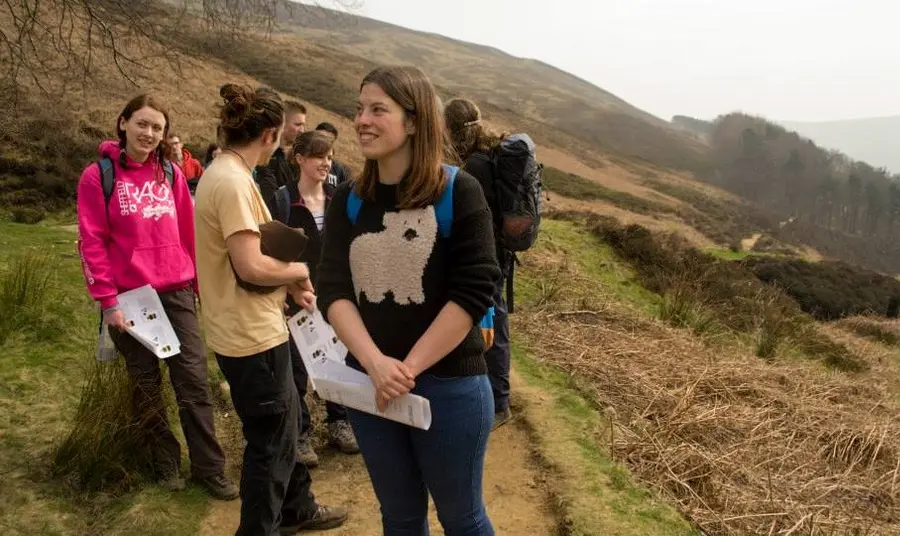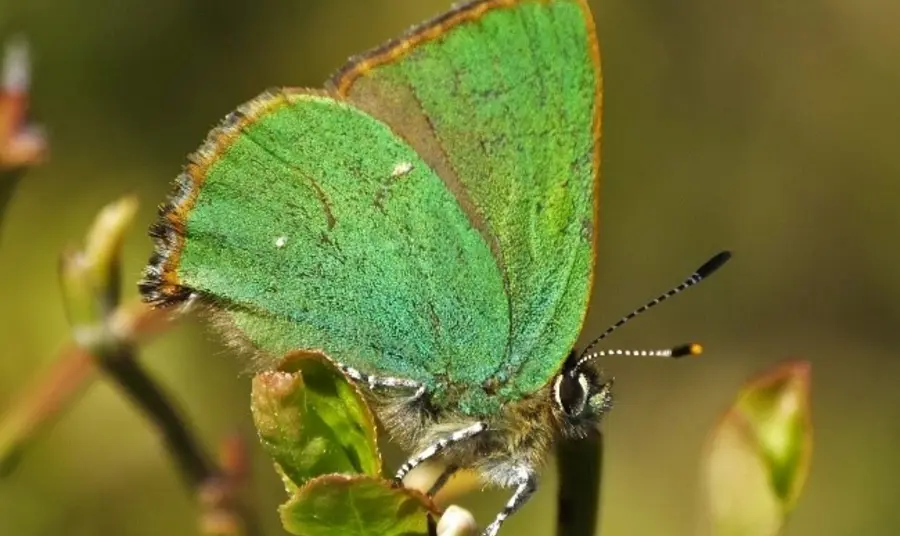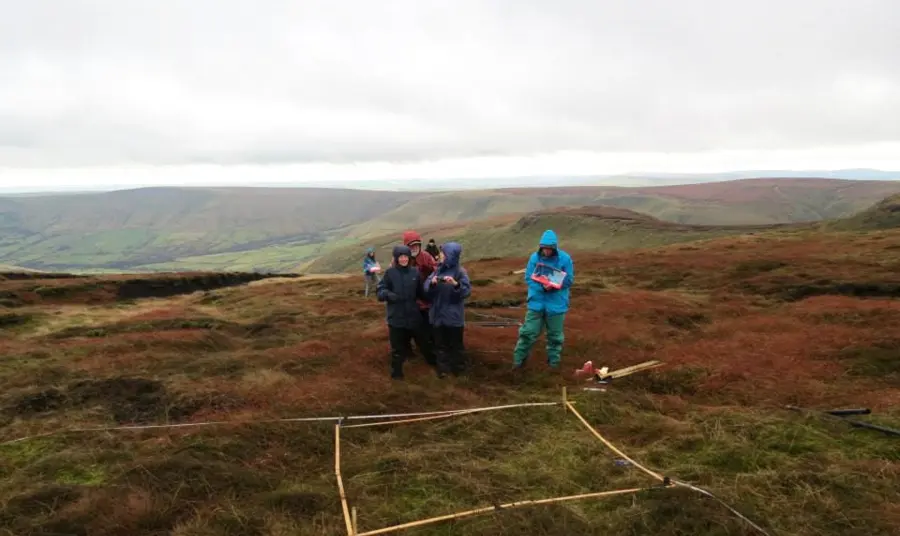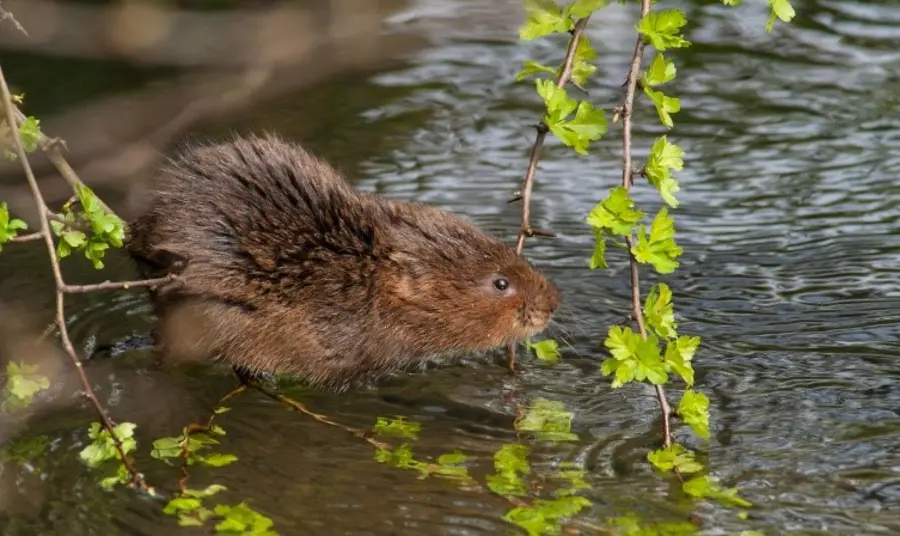
Heritage Grants
The South Pennine Moors and Dark Peak in the North West of England are peat habitats that have deep cultural significance to the region and provide crucial environmental services, including storing carbon and filtering drinking water. These landscapes are some of the largest in England, but are easily degraded by human activity and increasingly threatened by climate change.
Through the Community Science Project (CSP), volunteers help increase understanding of these fragile ecosystems by collecting data on wildlife, plant life, and environmental conditions. The project leader, The Moors for the Future Partnership (MFFP), then uses the data to assess peat habitat health and shares results with the scientific community. This project proves that volunteers can produce robust scientific data and that people achieve deeper connections to their environment when they are directly involved in protecting it.
The expertise of the project manager, science project officer, and community engagement officer was invaluable in training volunteers to do scientific monitoring and creating high-quality communication materials, such as the website. Three tiers of monitoring were set up to make this experience accessible to volunteers of varying degrees of interest, experience, and availability. These include:
- Environmental monitoring − skilled volunteers monitor environmental and ecological conditions, such as that of vegetation and water quality.
- Targeted monitoring − the same volunteers routinely record species at particular locations.
- Opportunistic monitoring – survey cards are available at the welcome centre for visitors to get involved in straightforward species monitoring.


